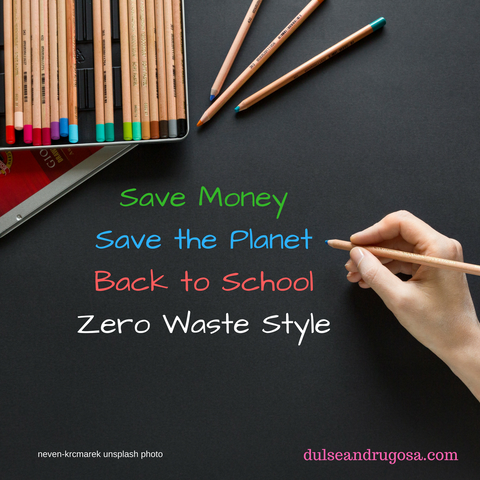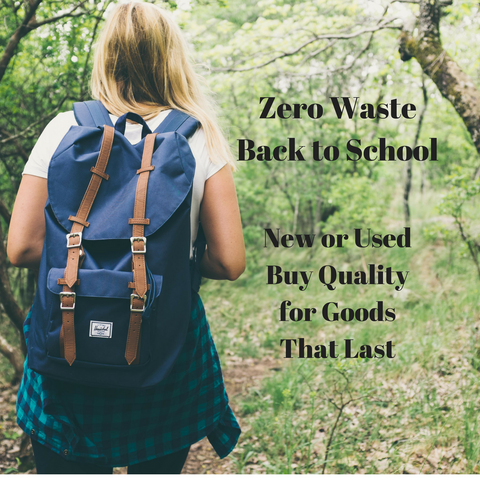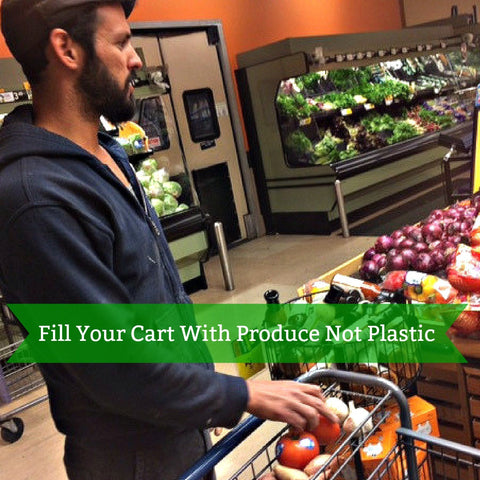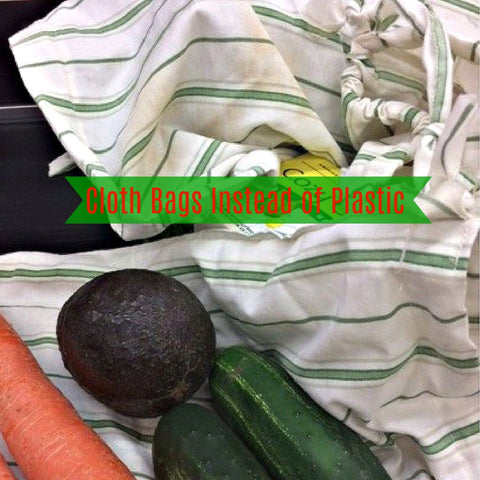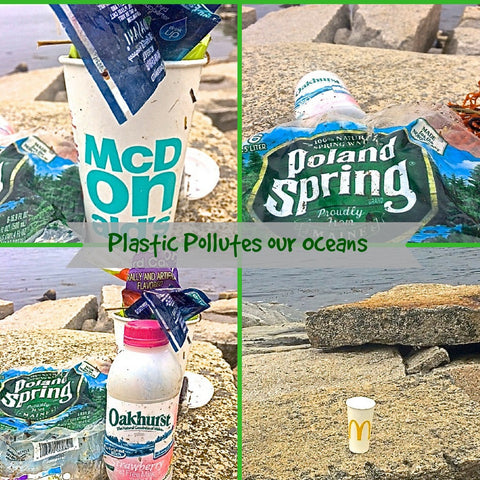Dogs Go Green
Every month or so, once I've mastered my current zero waste/plastic free goal I start on a new one. Usually it's a goal that's been on my mind for awhile but takes a bit to actually get into action. Compostable dog poop bags have been on my list for awhile. Tuffy, my girl poops at least twice a day and since we visit our local dog park almost daily that's a lot of plastic poop bags.
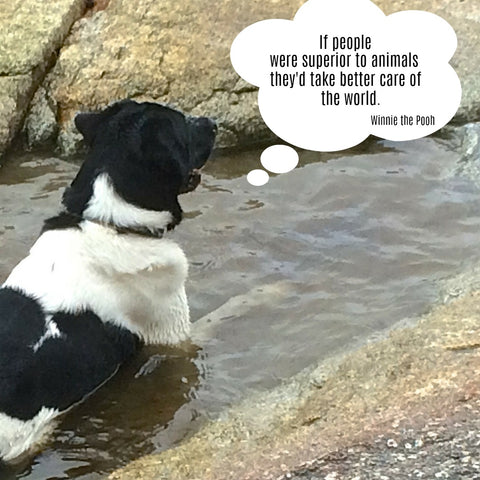
READ THE LABELS
I first decided to try and buy compostable dog bags locally and visited our local pet store. I asked the clerk for compostable bags and she looked at me blankly. She did walk me over to the dog waste section and recommended a product that had "eco-friendly" on the label. Well, the container the bags came in was packed in cardboard made from recycled paper but the bags were your ordinary plastic bags. The product was more expensive than others because it was geared to a dog owner who was environmentally conscious and who most likely had forgotten their reading glasses. You have to read the labels when shopping for eco-friendly products. There is a tern called "green washing", it's labeling cleverly designed to make products look as environmentally responsible as possible. If I hadn't carefully read the label I would have assumed that the bags- the item I wanted to purchase were eco-friendly.

IT'S COMPLICATED
My next stop was the internet. There are quite a few choices on the market I wanted a smaller company, a plant based bag and one that could be composted at home. bioDOGradable Dog Poop Bags fit the bill. As I learned more I realized how complicated biodegradable bags are (not a big surprise). On their FAQ page the question "Are these bags degradable/biodegradable?" was answered yes and no. The bags are made from a material called "bioplastic" which is plant based- corn not fossil fuel based-plastic and when it breaks down it produces non-toxic byproducts such as humus. The FTC has guidelines as well as California which has laws about the claims and marketing of what exactly is biodegradable. The take away from this is consumers should be wary of products that claim to be 100% biodegradable.
THE FINE ART OF COMPOSTING
There are two ways to dispose of your poop bags. The best is home composting. I'm lucky to have a large backyard so I'm adding my poop bags to my large pile of slow composting. I'm not filling my food/garden waste compost bin with bags of poop. The next choice to to find a facility with a biosolid composter, compost made from sewage sludge. I would guess biosolids composter are few and far between. Finally, simply putting you poo bags in the dog waste receptacles is an option- because at least the corn based bags will decompose.

WHAT ABOUT EXPENSE?
So, with all the complications is it still worth using compostable poo bags? In my opinion, yes. Even when added to traditional landfills the bags will compost at the same rate as food waste, paper or lawn clippings. It's not perfect but it is better than traditional plastic bags because in the end they will turn back into a natural material unlike plastic which simply hangs around forever. Another benefit is the manufacturing process and lack of chemicals. These particular bags are manufactured in India and I don't have any info about the actual factory. Finally they are free from chemical dyes and additives.
The bags are more expensive. One consumer change I've made is to buy better and buy less. I'm definitely spending more on poo bags but the feeling of satisfaction I get from not adding plastic pollution to our planet is worth it.
AND FINALLY
My only complaint was the mailer my package arrived in. I would have preferred a mailer without any plastic. There was some extra packaging inside the package, everything was in one of their dog bags, it was wrapped in brown paper and I got a info card (which I turned into a sign) as well as a few free samples.
Dulse & Rugosa has a bundle package right now, with every purchase of our Dog Shampoo Bar will include a sample biodogradable dog poo bag.
And for the foreseeable future purchase of our Mama Earth Shower Shots will go directly to support Houston and possibly FLA SPCA.




